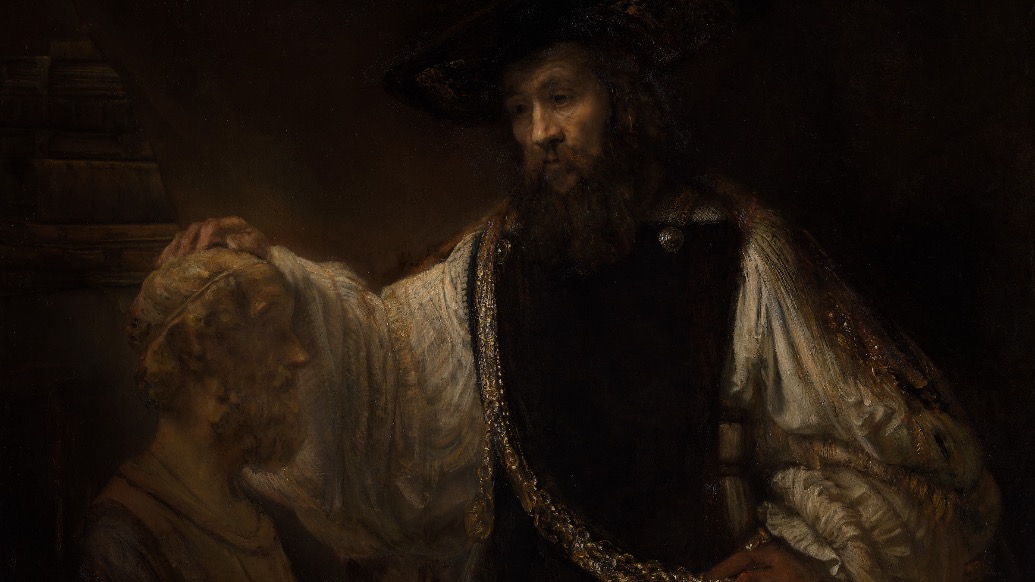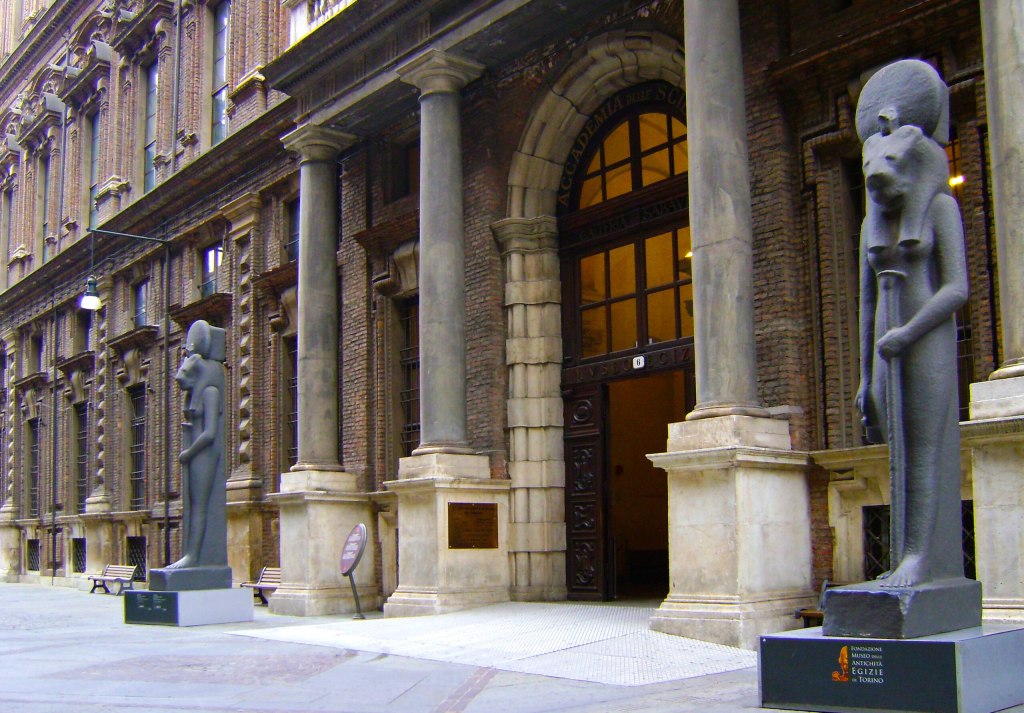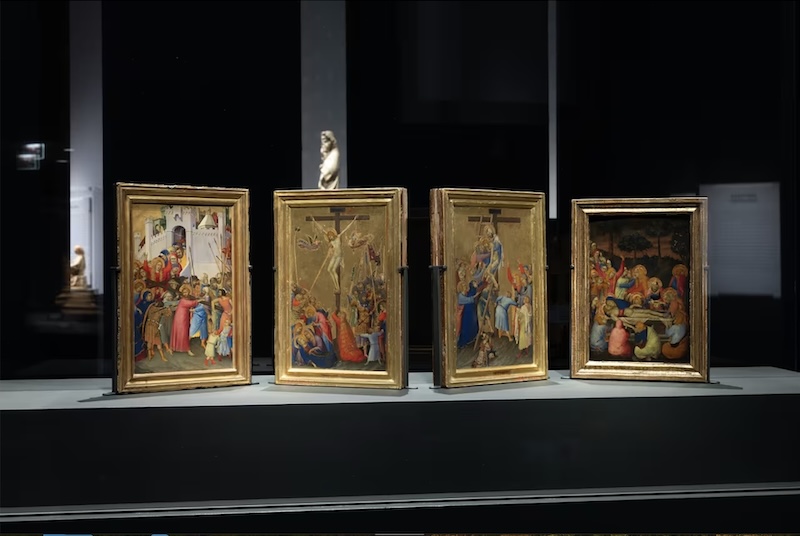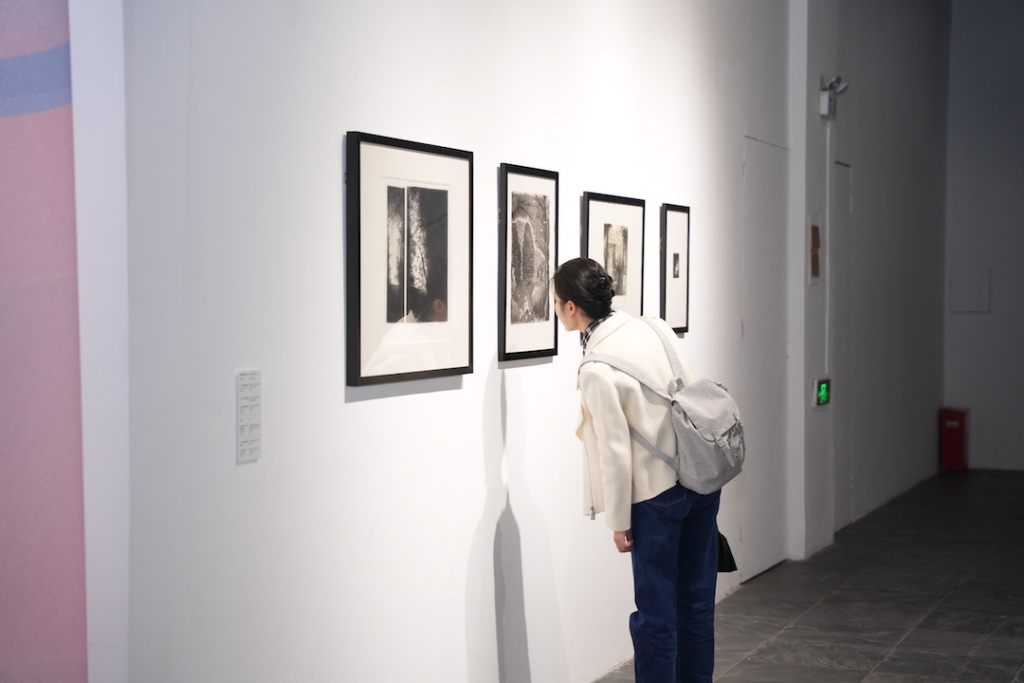
Printmaking is an art that is both ancient and modern. The combination of printing and papermaking invented by the Chinese and art created early printmaking. With the development of commercial society, printed images exploded in the middle and late Ming Dynasty, and the same was true in Europe at the height of the Renaissance.
On the occasion of the 55th anniversary of the establishment of diplomatic relations between China and Italy, the "East-West Dreams: China-Italy Contemporary Print Exchange Exhibition" opened on April 2 at the Shanghai Duolun Art Museum of Modern Art. The exhibition uses printmaking as a medium to present nearly 100 prints, mixed materials and new media art works created by 15 Chinese and 15 Italian artists from the 1970s to the present, showing the vivid cultural creativity of the two ancient civilizations in the contemporary era.

Exhibition site
In China, the earliest dated print was the frontispiece of the Diamond Sutra, The Jetavana Grove, found in Dunhuang (9th year of the reign of Emperor Xiantong of the Tang Dynasty/868). In Italy, the Renaissance is considered the beginning of the development of printmaking. During this period, printmaking was not only widely accepted as an art form, but also became a medium for disseminating works of art, knowledge and culture. In particular, Renaissance painters and engravers explored the potential of printmaking art, incorporating exquisite techniques and mastery of perspective into printmaking.
During the Age of Exploration, the cross-regional spread of printmaking, a lightweight art form that is reproducible and easy to transport, greatly promoted the birth of early globalized images. For example, the Gospel Stories (1593) compiled by Jesuit Jerome Nadar, the images are mostly from works popular in Italy and the Netherlands. Matteo Ricci, Luo Ruwang, Ai Ruliu, Johann Adam Schall von Bell and other Jesuits who came to China brought this atlas to China, using woodcut technology to reprint and further localize it. In turn, the Chinese images reproduced using copperplate technology in the Jesuit Kircher's Illustrated History of China (1667) were also widely circulated in Europe.
With the modern transformation of art after the 19th century and the evolution of image reproduction technology and communication media, printmaking no longer fulfills the function of satisfying the public's daily image consumption, but gradually emphasizes the originality of the artist and becomes one of the categories of artistic creation.
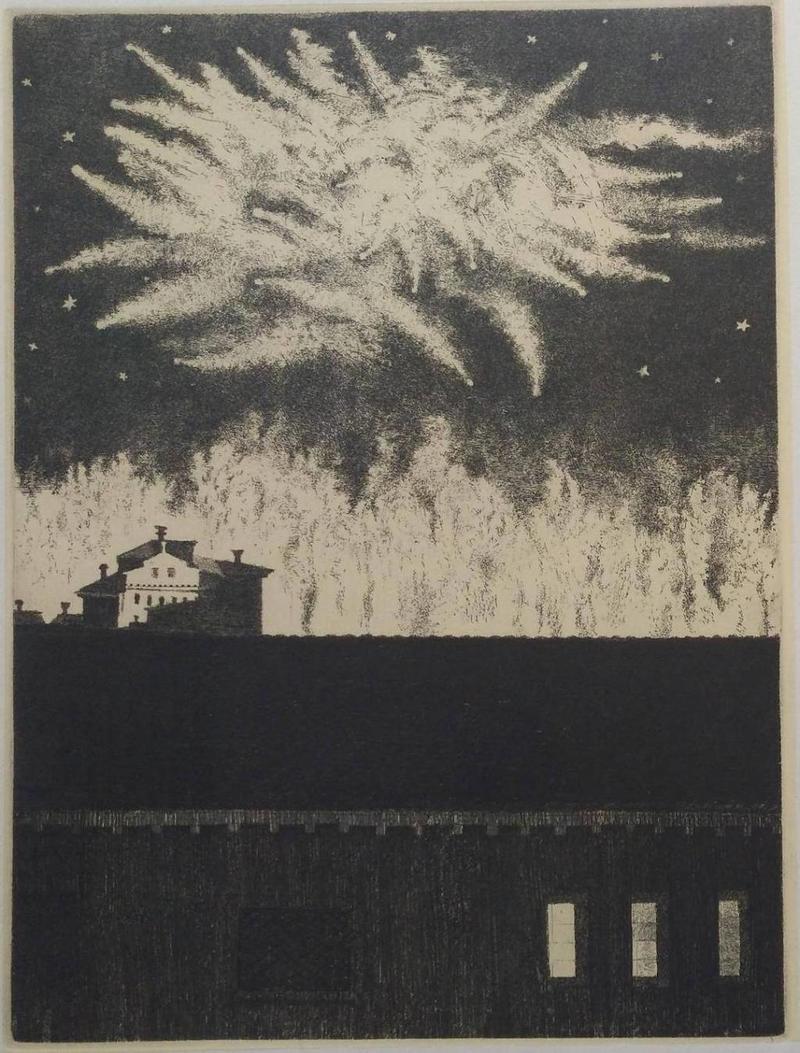
Edo Janic, “Sea of Stars”, copperplate print, 35×50 cm, 1973
Italy: Printmaking tradition from the Renaissance
Some of the works by Italian artists in this exhibition were created in the second half of the 20th century, which happened to give us a cross-sectional view of the development of Italian printmaking over the past half century. For example, several copperplate prints created by Edo Janich in the 1970s not only depicted Italian scenery, but also continued the tradition of copperplate prints since the Renaissance, which reminded us of Giovanni Battista Piranesi, an important printmaker born in Venice during the Baroque period, who was famous for his etchings depicting grand buildings and ancient ruins.

Andrea Lelario, On the shores of Lake Gandolfo, etching on copper, 50×35cm, 1998
Continuing this tradition, Andrea Lelario created several works of copperplate etching in the 1990s, incorporating more romantic elements. Among them, the 1998 work "On the Lake of Castel Gandolfo" is extremely small in size but exquisite. The delicate layers of corrosion present a poetic narrative constructed by the traces of time.
The surrealist style, as well as prints influenced by neo-expressionism and abstract art, allow the audience to understand the connection between Italian prints and European modern art. The prints in the exhibition gradually break through the limitations of traditional techniques and incorporate more personal emotions.

Roberto Pironi, “Almost Magical Square III”, relief engraving, intaglio print, 70×50 cm, 2018
In more recent works, two artists are impressive - Roberto Piloni and Franco Marrocco. The former uses relief engraving and intaglio printing to transform daily objects in life into artistic language, and the black and white triggers infinite reverie; the latter, also contrasts plain and colorful, and the interlaced lines are also the inheritance and development of printmaking techniques.

Franco Maloch, Fire, etching and intaglio print, 70×50 cm, 2022
At the opening ceremony, Paolo Laudisa, professor at the Academy of Fine Arts in Rome, visiting professor at the Central Academy of Fine Arts, and vice president of the International Academic Printmaking Association (IAPA), spoke on behalf of Italian artists. He believed that Italy, with its centuries-old printmaking tradition, is characterized by harmonious composition and the pursuit of formal balance; while China, with its profound cultural heritage, is characterized by the simplicity of brushstrokes, close connection with nature, and the importance of meditation, showing unique artistic value. "Although the cultural backgrounds of Italy and China seem to be far apart, they are both equally committed to exploring beauty, creativity, and experimental spirit," said Paolo Laudisa.
Although the Italian artists exhibited in this exhibition are unfamiliar to most people, they still create a cross-regional resonance through their works themselves.

Paul Laudisa, “Flying Fish”, mixed media, print, 50×70 cm, 2021
China: From Ming and Qing Dynasty prints to emerging woodcuts to the present day
The venue of this exhibition, the Duolun Art Museum of Modern Art, is located in Hongkou, Shanghai, just a few minutes’ walk from the “Woodcut Workshop” on Changchun Road. Holding an exhibition in the birthplace of the emerging woodcut movement advocated by Mr. Lu Xun is not only an active exploration of the localization of contemporary art, but also a display of the international vision of Chinese contemporary art.
Emerging woodcuts have a profound influence on contemporary Chinese printmaking art. Many contemporary printmakers still inherit this tradition in terms of style and thought, and on the basis of inheriting the criticality and realism of emerging woodcuts, they incorporate more modern art forms and personal expressions. The exhibition displays Chen Haiyan's works from 1986 and 2018. Although 30 years have passed, we can still see the artist's concern for life and society.

Chen Haiyan, “Dream of May 24, 1986, Embracing the Moon”, woodcut, 60×60 cm, 1986
The works of Sang Maolin, Su Xinping, Tan Ping and others in this exhibition still use the form of woodcut, but in a more contemporary and international way. The exhibition also includes prints by well-known artists such as Fang Lijun, Sui Jianguo and Wang Jieyin, from which we can see the connection between prints and their other creative forms.

Exhibition site, Su Xinping's works
The younger generation is exploring different visual expressions of printmaking as an art form. Li Fei's three exhibited works combine copperplate prints and paper collages to form print installations, and the three works themselves form a story about theater and urban development. Looking closely at the works, modern and postmodern elements are incorporated into them, but the creative techniques include the most traditional copperplate memories. The same is true of Pan Li's works in the exhibition. They seem to be new forms and languages, but everything returns to traditional color woodcuts. Even more of a return is Jiang Chao's "Hou Xi Tie" stamped on rice paper. With contemporary concepts, he continues the Chinese printmaking tradition of the Ming and Qing dynasties.

Li Fei, “Encounter”, installation, digital print, film, 54x41cm, 2024

Pan Li, “Theater Series 4” (Concave), paper and mixed media (edition 10), 150x136x23cm, 2020
As the participating artist of this exhibition, Sha Yonghui, director of the Printmaking Institute of the China National Academy of Painting, said, "Printmaking, as one of the oldest art forms of mankind, carries the memory of civilization that transcends time and space. This exhibition is our tribute to tradition and an exploration of the future."

Sha Yonghui, “Urban Movement”, color woodcut, 117x77cm, 2013
It is reported that during the exhibition, some participating artists from China and Italy will visit the communities around the museum to guide residents, visit the former site of the woodcut workshop, and visit the Lu Xun Memorial Hall for exchanges. The artists will also hold a school-based day activity and work with students to create prints. In addition, the artists will carry out a series of "One River, One River" field trips and creative activities in areas such as North Bund and Duolun Road to start international art dialogues.

Opening ceremony
The exhibition will run until June 2, 2025.
Appendix: List of participating artists
China: (in alphabetical order)
Chen Haiyan, Fang Lijun, Jiang Chao, Kong Guoqiao, Li Fei, Pan Li, Sui Jianguo, Sang Maolin, Su Xinping, Sha Yonghui, Tan Ping, Wang Huaxiang, Wang Jiayi, Wang Jieyin, Zhang Minjie
Italy: (in alphabetical order)
Andrea Granchi, Andrea Lelario, Anna Maria Congiu, Edo Janich, Elisa Ottaviani, Fatih Mika, Franco Marrocco, Gaetano Fanelli, Marina Bindella, Mario Tomasello, Patrizio Di Sciullo, Paolo Fraternali, Paolo Laudisa, Roberto Piloni, Silvia Montanelli
